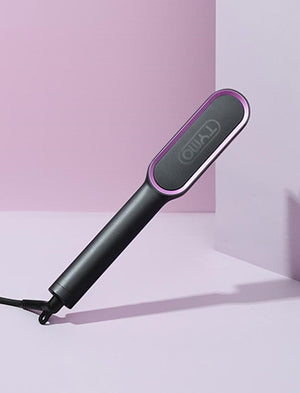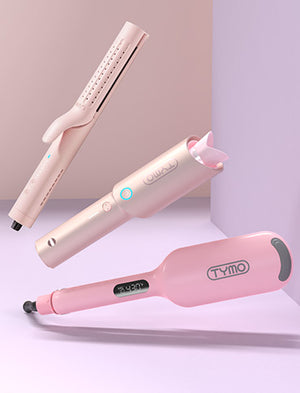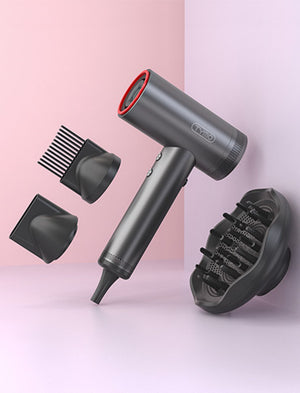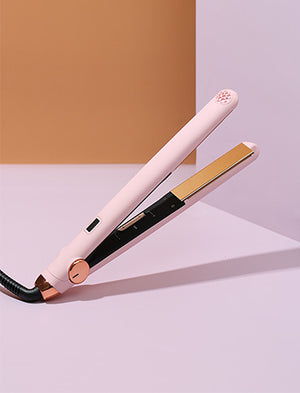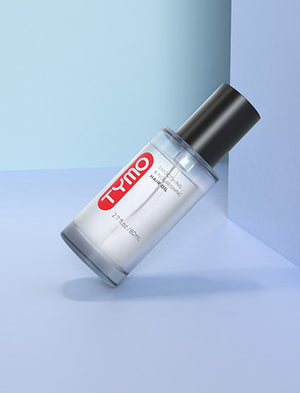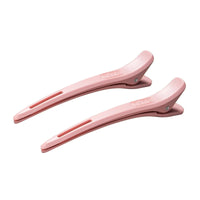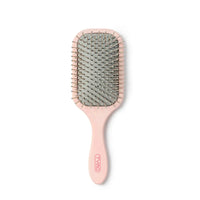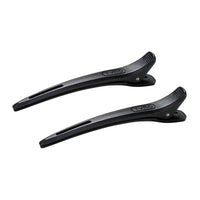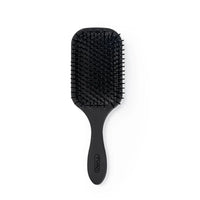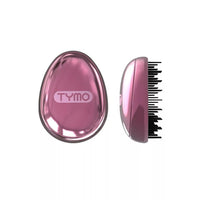
Have you ever considered women's hairstyles through the centuries and its impact on our modern beauty routines? From ancient civilizations to the present day, hair has been a crucial aspect of self-expression and cultural identity. Understanding the history of hairstyling allows us to appreciate the journey of innovation that has led to modern tools. TYMO, a brand dedicated to revolutionizing hairstyling, has been at the forefront of innovation in the industry. The company has been consistently introducing cutting-edge products designed to enhance convenience and performance.
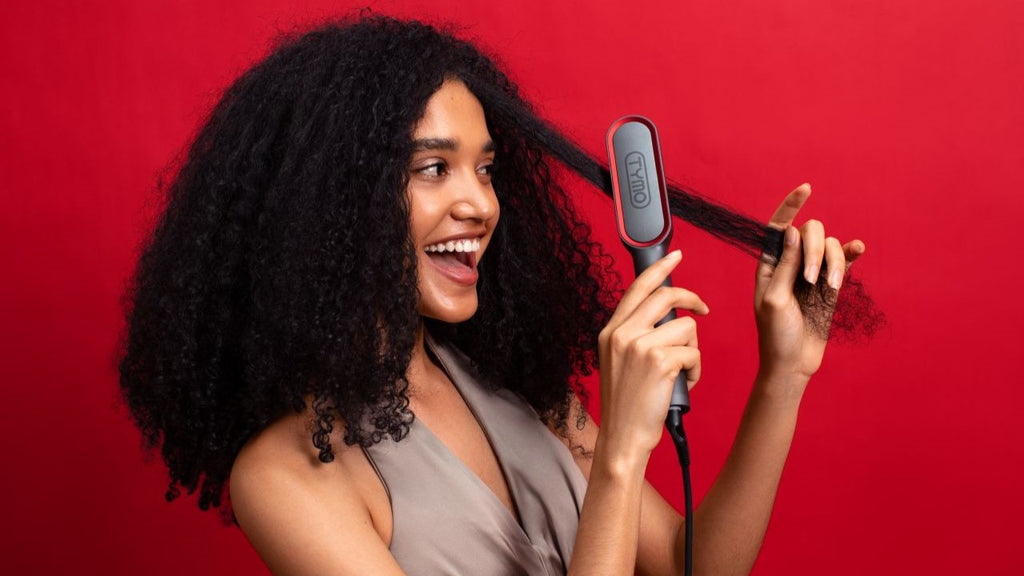
Join us on a journey through time as we uncover the fascinating story of hairstyling and discover the TYMO brand's commitment to revolutionizing hair care.
The Dawn of Hairstyling (Prehistoric to Ancient Civilization)
Since the earliest days of human existence, hair has been a significant aspect of personal grooming and identity. Initially, hair trimming was primarily functional, aimed at removing excess hair for practical reasons using tools like flint knives or singeing techniques. However, as civilization dawned, grooming practices evolved, and people began to pay greater attention to personal hygiene and appearance. This shift marked the beginning of the art of hairstyling.
In ancient Egypt, hair was considered a crucial aspect of appearance. Popular hairstyles included smooth, shoulder-length hair with straight fringes, often associated with figures like Cleopatra. Additionally, the pageboy hairstyle and micro braids were common, with wigs being used to achieve desired looks. Hair accessories like beads and golden tints were popular, enhancing the overall aesthetic. Hair care and styling were primarily the domain of female servants, who performed grooming and beauty routines for others.
In ancient Greece, hairstyling was considered an art form, with elaborate braids and hair adornments being prominent features. Greek men and women alike paid attention to their hair, with coiled and closely cropped styles being popular among men. The Athene Hairdressing Academy in Greece introduced innovations such as curling irons, known as calamistrum, which transformed straight hair into waves. Hair coloring techniques involved the use of various mixtures made from herbs and minerals.
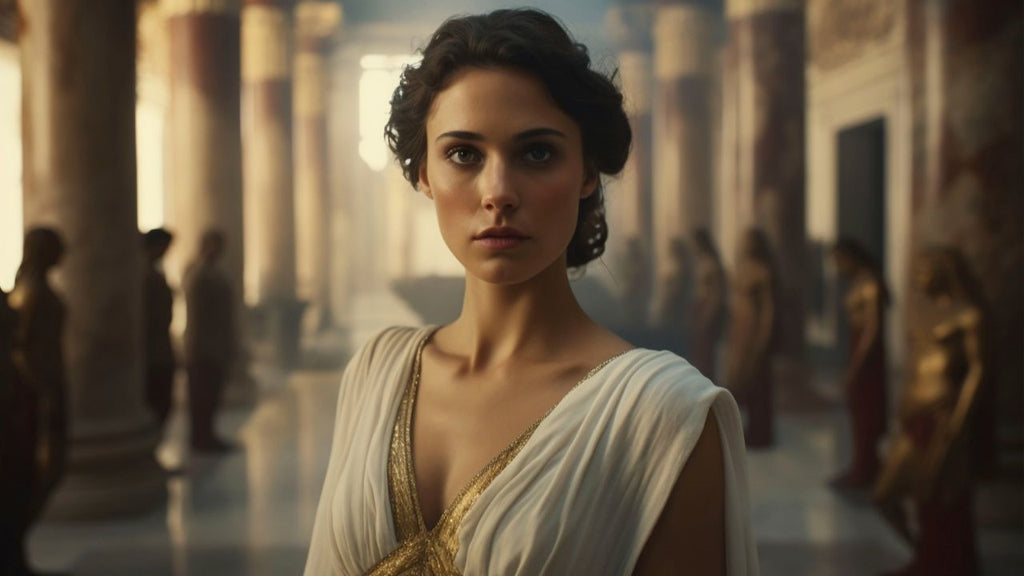
In ancient Rome, hairstyling varied greatly based on individual preference, with trends ranging from practical buns to elaborate architectural-inspired styles. Women often wore their hair tied up in a tight bun, resembling a pretzel, while men favored short and plain hairstyles. Hair adornments made of gold, bronze, or silver were common, adding a touch of elegance to Roman hairstyles. Female servants, known as kupasis, were responsible for arranging hair and adding the final touches to hairstyles, working in thermae and private houses.
Middle Ages to the Renaissance: Hairstyles Reflect Social Status
From the Middle Ages to the Renaissance, hairstyles served as potent symbols of social status and occupation. Upper-class individuals utilized elaborate hairstyles to signify wealth and privilege. Wealthy Roman women, for instance, adorned themselves with intricate hairstyles that required the assistance of multiple individuals for maintenance, showcasing their affluence and leisurely lifestyle. These hairstyles often constrained movement, indicating their exemption from manual labor. Moreover, affluent individuals set fashion trends, influencing the hairdos of the less wealthy.
In contrast, middle-class hairstyles were characterized by understated elegance and professionalism. Middle-class individuals sought hairstyles that conveyed health and vitality, reflecting their ability to afford a quality lifestyle and prioritize self-care. These hairstyles exuded a sense of natural beauty, denoting the resources available for maintaining one's appearance.
Working-class hairstyles tended to be simpler, reflecting practicality and functionality. Working-class men often sported shaved heads or closely cropped hair, emphasizing efficiency and ease of maintenance. Women in this social stratum typically wore long hair, pulled back from their faces and secured tightly, allowing for practicality in their daily tasks.
The development of hairstyling tools during this period also witnessed notable advancements. Tools such as gravoures, and long and thin hairpins, were utilized for parting, braiding, and styling women's hair. Additionally, primitive curling rods, heated over fires or hot coals, were employed to achieve curls, albeit with the risk of hair damage if overheated.
The Industrial Revolution: Birth of Modern Hairdressing
The Industrial Revolution marked a significant turning point in the history of hairdressing, with the mass production of new tools and the establishment of modern hair salons. Industrialization brought about advancements in manufacturing techniques, leading to the production of mechanical hairstyling tools
During the 19th century, a crucial period for hairstyling, women embraced new trends such as buns, middle partings, and cascading curls. This shift was facilitated by the introduction of groundbreaking tools like the marcel iron, which allowed for precise heat regulation and enhanced curling capabilities through innovative clamps. Additionally, the widespread adoption of hairbrushes revolutionized hairstyling, empowering more women to experiment with versatile hairdos.
20th Century: Hairstyles as a Form of Expression
In the 20th century, hairstyles became increasingly diverse and served as a form of personal expression and cultural identity. Hairstyles reflected social movements, technological advancements, and shifts in popular culture, shaping the way people presented themselves to the world. Key developments in hairstyle through the decades were influenced by various factors, including fashion, music, and celebrity culture.
The 20th century witnessed the advent of electric hair dryers, hot rollers, flat irons, and electric curling irons. These inventions revolutionized hairstyling practices, enabling the creation of entirely new hairstyles and fashion trends. Furthermore, the integration of plastics in tool production spurred endless design possibilities and improved temperature regulation, facilitating the emergence of innovative hairstyling techniques.
In the 21st century, hairstyling tools have continued to evolve, introducing innovations such as advanced flat irons, cordless hair dryers, hot air brushes, and smart hair tools programmable through mobile apps. These modern tools boast ergonomic designs and lightweight technology, enhancing user experience and versatility.
The Modern Era: Technological Advancements in Hairstyling
The modern era has witnessed remarkable technological advancements in the field of hairstyling, revolutionizing the way people care for and style their hair. One significant development has been the introduction of electric and digital hairstyling tools, which offer greater precision, efficiency, and convenience than ever before.
Electric tools such as hairdryers, curling irons, and straighteners have replaced manual methods, speeding up the styling process and producing more consistent results. Additionally, digital tools equipped with advanced features like adjustable heat settings, LCD displays, and auto-shutoff functions provide users with greater control and safety.

Specifically, TYMO has been at the forefront of innovation in hairstyling with its range of cutting-edge products, including the TYMO hair straightener brush TYMO PORTA PRO. Incorporating advanced MCH heating and Ionic technologies, this portable brush imparts a healthy shine and smooth finish to your hair. In addition, it has three heat settings and offers a 30-minute styling window. This ensures versatility for various hair types and styles. Moreover, it is rechargeable and travel-friendly, allowing you to maintain a refined and radiant look wherever you go.
A Final Thought About the Hairstyling Industry
The history of hairstyling reflects the evolution of human civilization and the enduring desire for self-expression and personal grooming. From ancient civilizations to the modern era, hairstyles have served as symbols of identity, status, and cultural significance. Understanding this rich history is essential for appreciating the cultural significance of current hairstyling practices and trends.
As a leader in the hairstyling industry, TYMO is committed to innovation and excellence, continuously pushing the boundaries of what's possible in hair care and styling. By combining advanced technology with ergonomic design and user-friendly features, TYMO products empower individuals to achieve salon-quality results from the comfort of their own homes. Whether it's the TYMO hair straightener brush or other innovative tools, TYMO remains dedicated to providing customers with the tools they need to look and feel their best, now and in the future.




